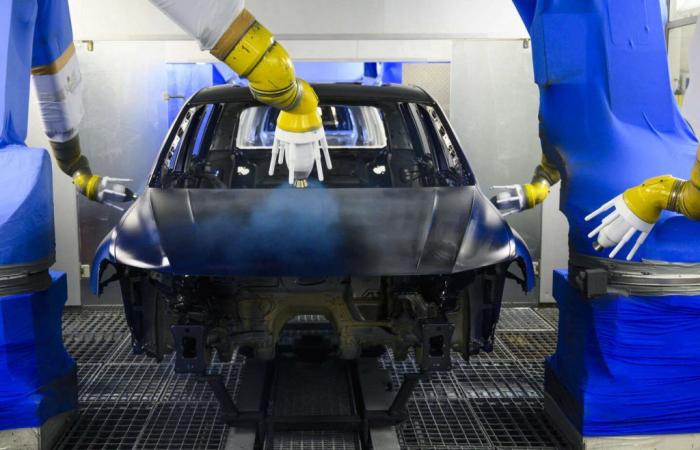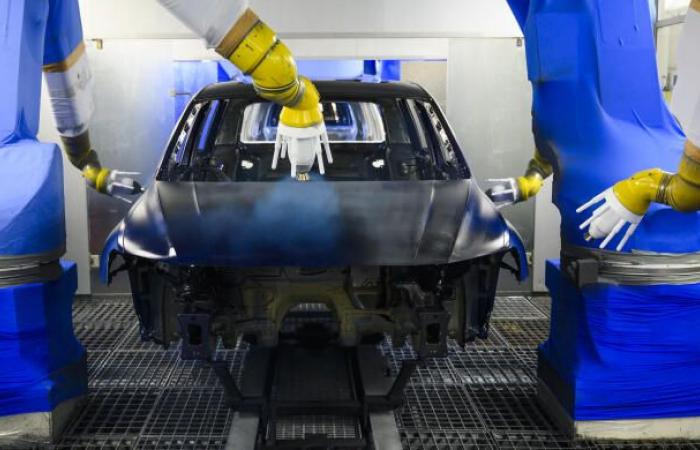Reflecting the growing difficulties of the German automobile industry, bankruptcies among equipment manufacturers are increasing. Twenty companies in the sector, each generating more than 10 million euros in turnover per year, filed for bankruptcy during the first six months of 2024. This is almost twice as much as in 2023, on the same period.
According to a study by the consulting firm FalkenSteg, specializing in corporate restructuring, more than 10,000 jobs are affected by these bankruptcies. “I am counting on 60 large-scale bankruptcy filings in 2024, compared to 34 in 2023”explains Jonas Eckhardt, expert at FalkenSteg, quoted by the daily Bild, on September 23.
Subcontractors are the first victims of the drop in automobile production. The fall in sales in China, which recently forced all German manufacturers to revise their forecasts downwards, weighs heavily on the activity of equipment manufacturers, who make their margin on volumes. Many of them currently have to finance costly investments in electricity with the profits made with the thermal engine. The current decline in demand is a fatal blow to them.
Dangerous overcapacity
According to a study by the Cologne Economic Institute, published on September 22, total car production in Germany in 2023 has fallen to its level of the 1980s. Since 2018, this has fallen by a quarter. Exports are at their 1998 value. However, German factories produce mainly for abroad: 75% of vehicles manufactured are intended for export, particularly Asia and China, which has become the center of gravity for the automobile industry. worldwide.
Read the decryption | Article reserved for our subscribers In German automobiles, the transition to electric is much more painful than expected
Add to your selections
In 2023, the region absorbed almost half of the vehicles produced in the world, 60% were manufactured there. It is because German manufacturers have been successful in this market for a very long time, with high-end vehicles, that they managed to maintain their production across the Rhine at a high level until 2017, unlike many of their Western competitors.
Read also | Article reserved for our subscribers Crisis at Volkswagen: Daniela Cavallo or the “fierce resistance”
Add to your selections
A glance at the utilization rates of German automobile factories in 2023 is enough to understand the scale of the crisis: of the twenty largest production sites, only half of them produced at more than 68% of their abilities. Wolfsburg, the country’s largest factory, has an utilization rate of 56%, with fewer than 500,000 Volkswagens produced. “Without a significant increase in production, existing excess capacity in Germany will become an economic risk”, underlines the report.







